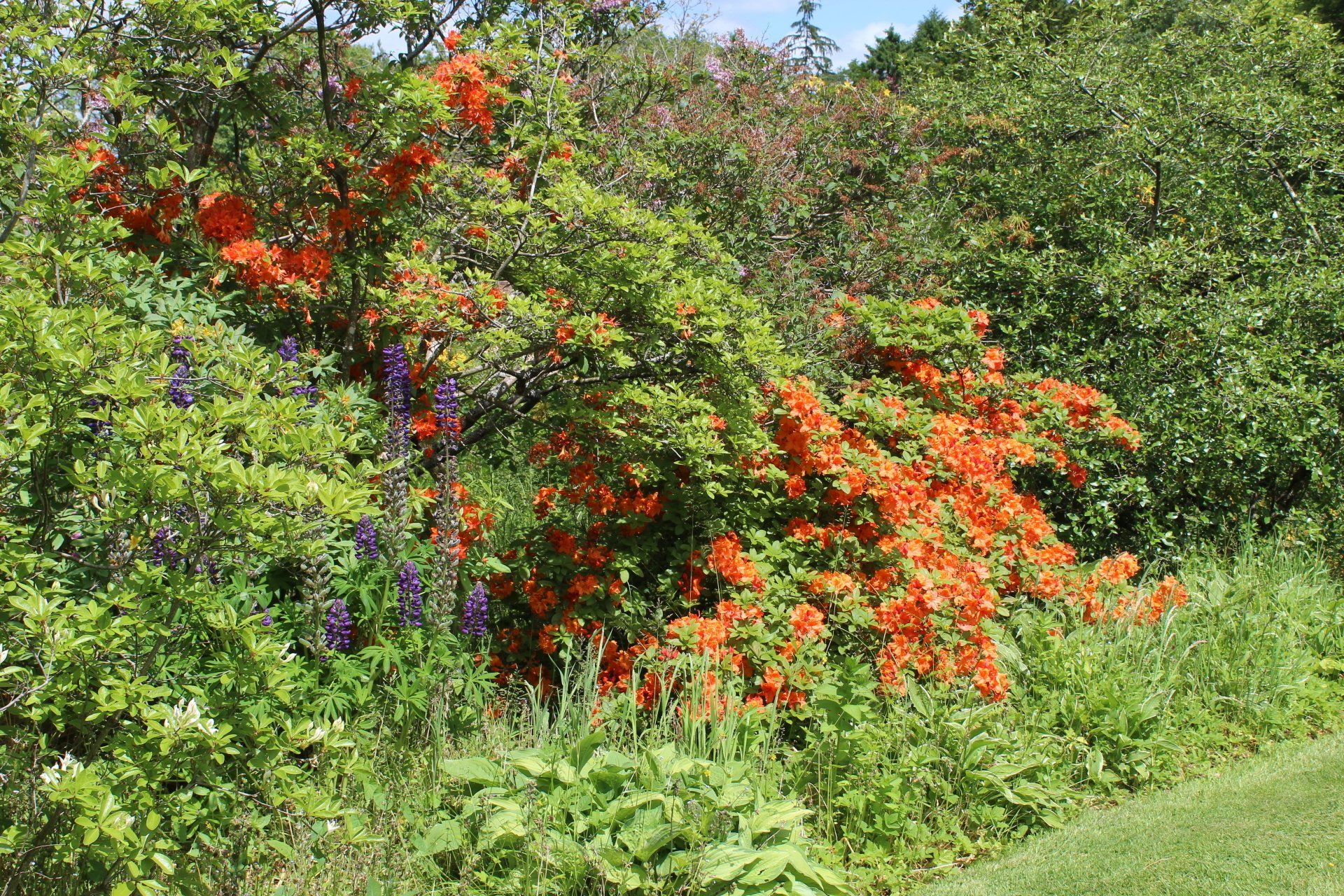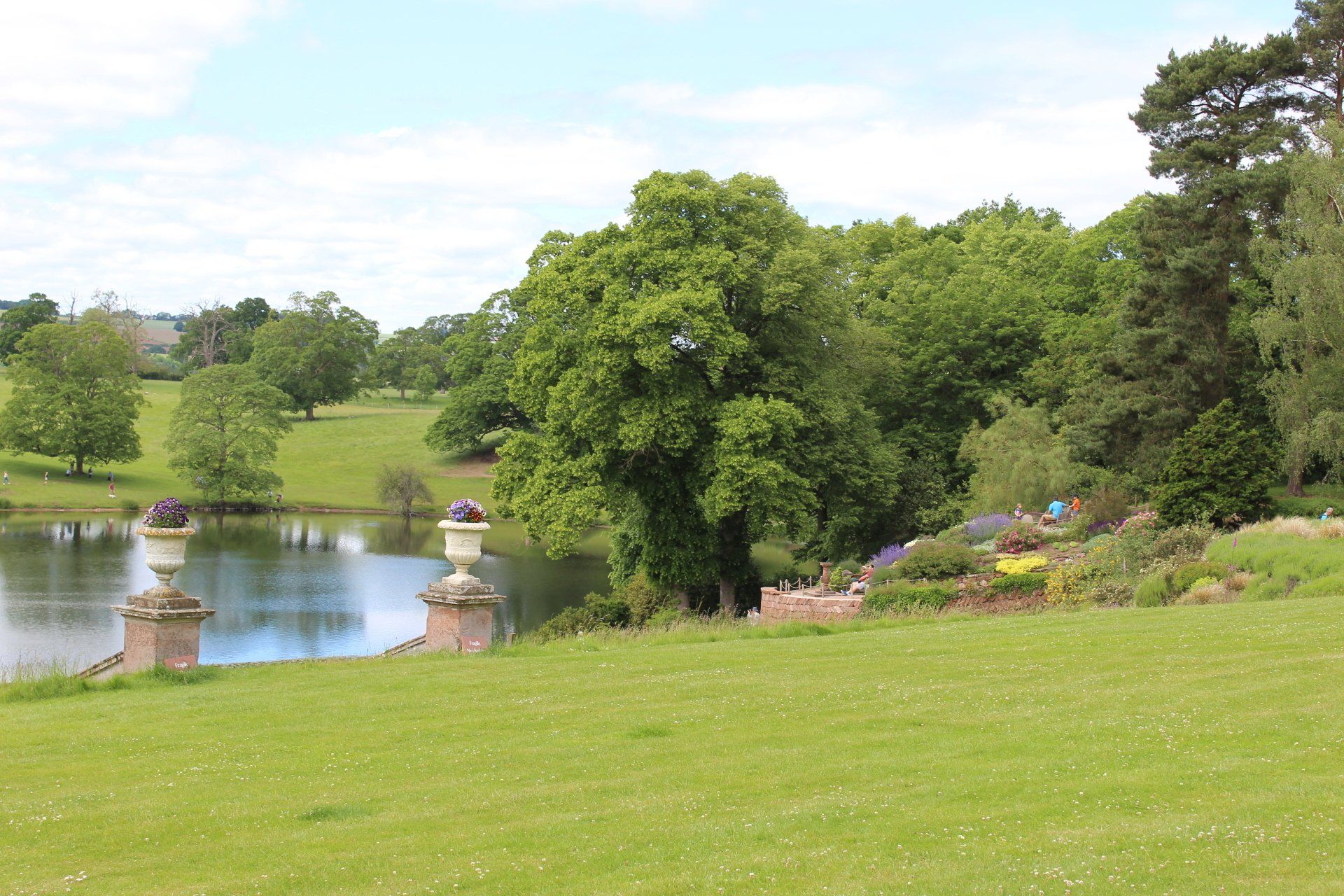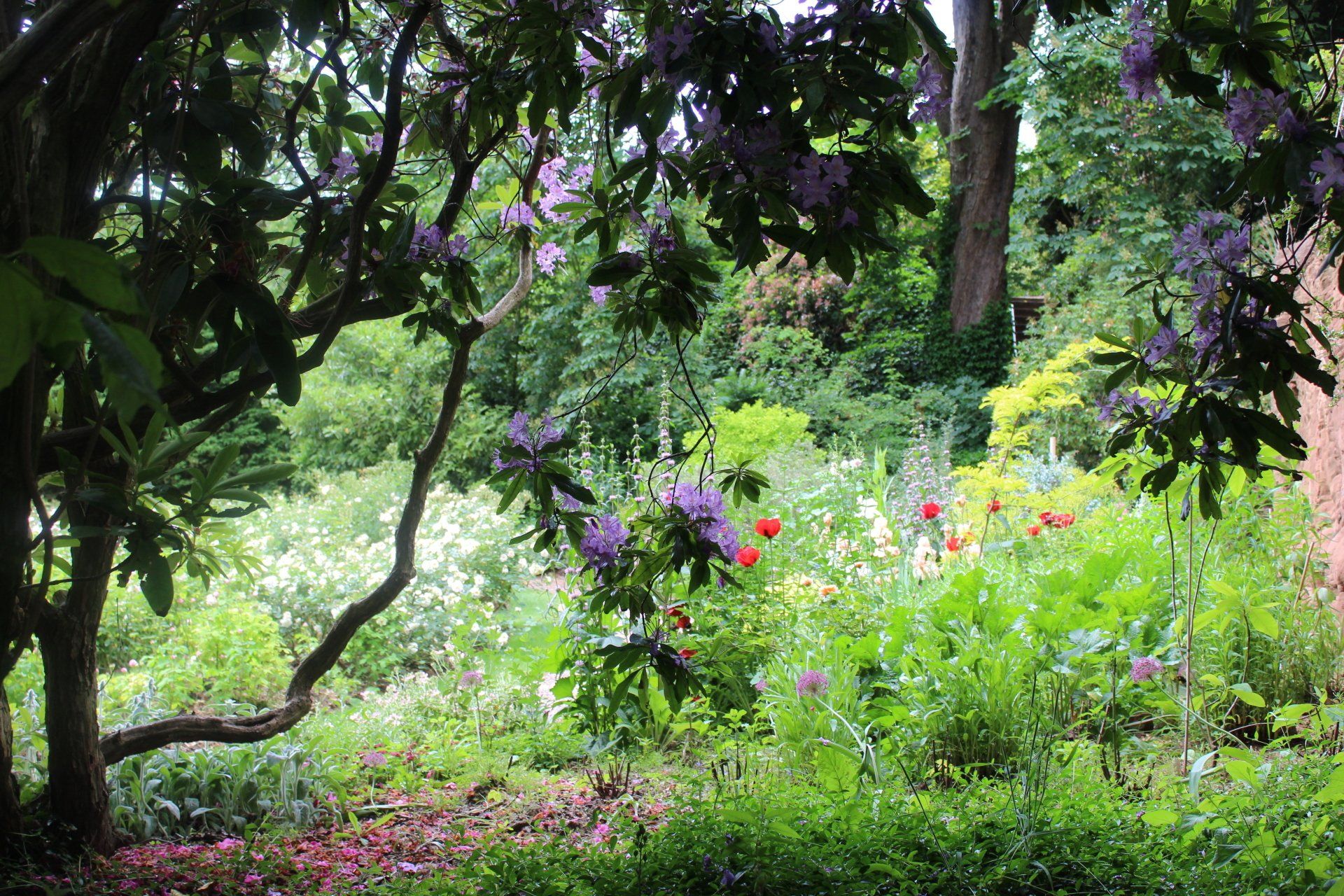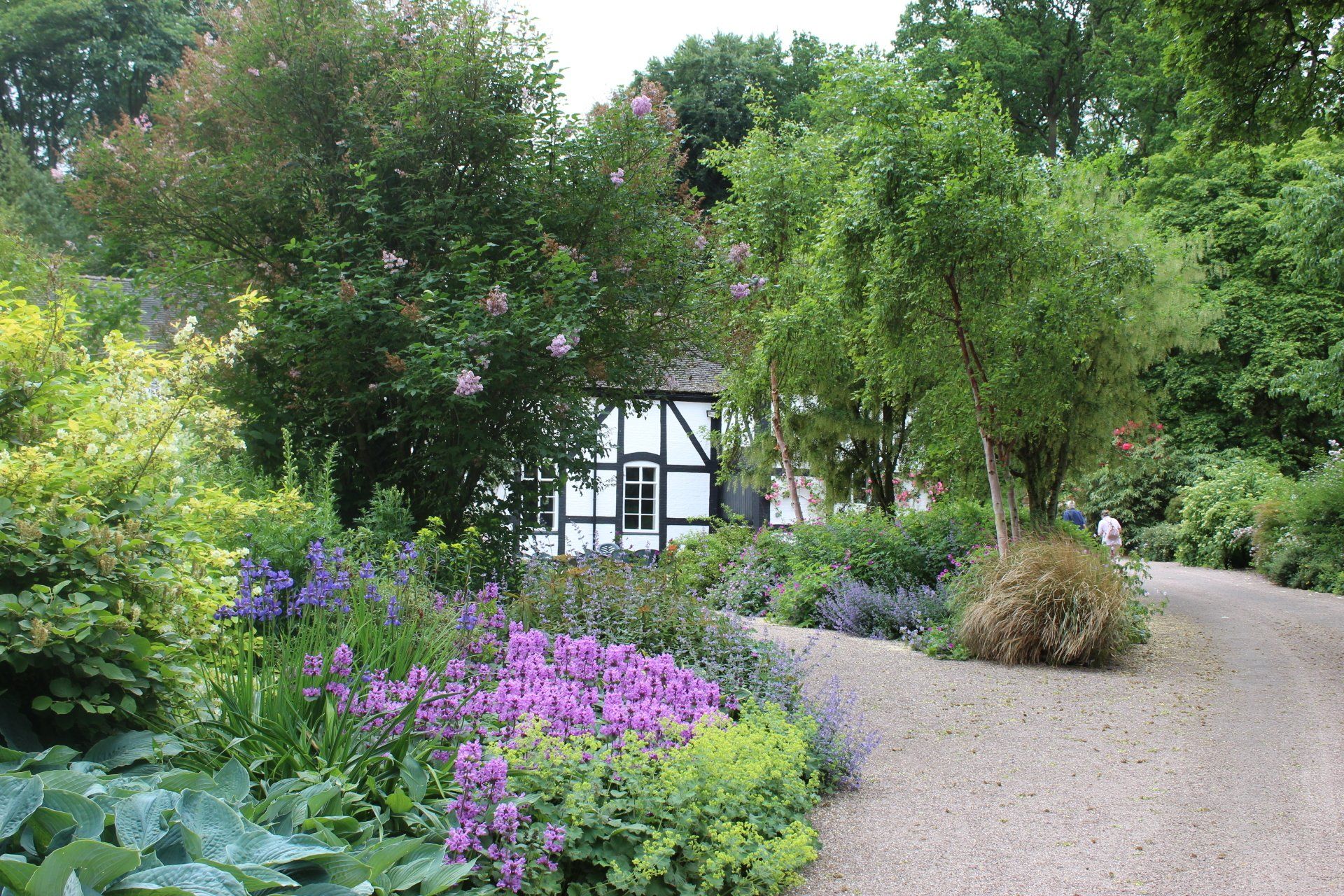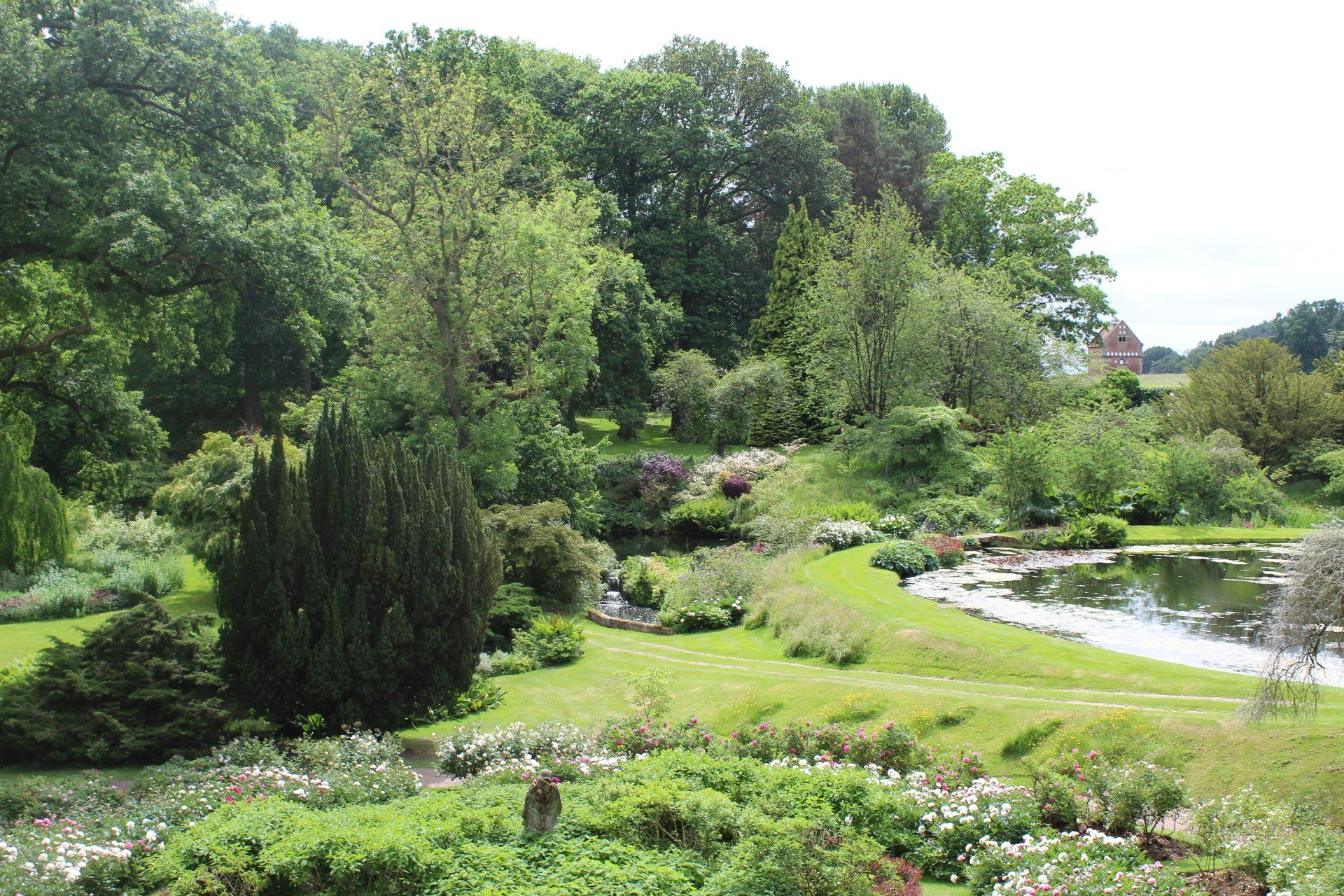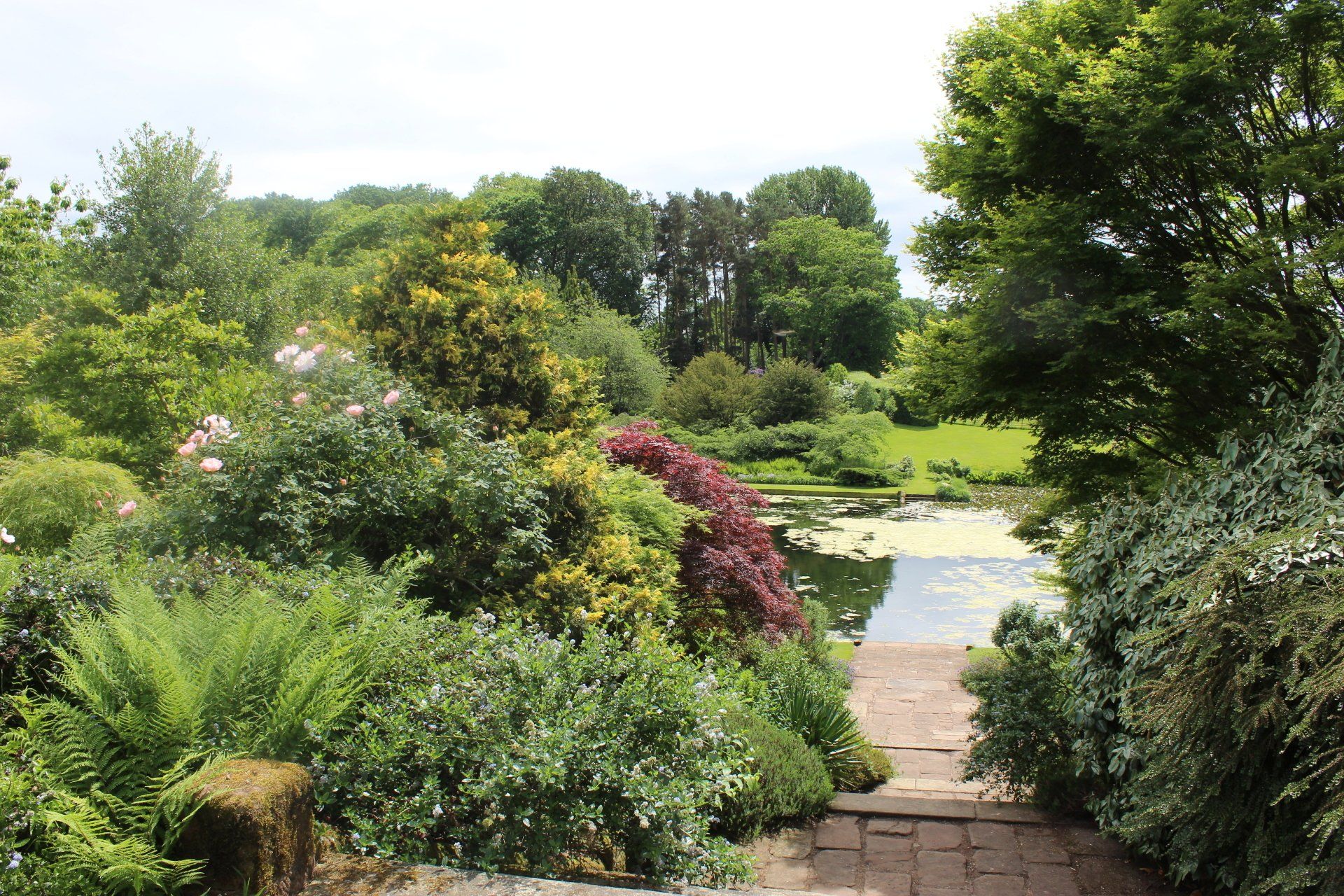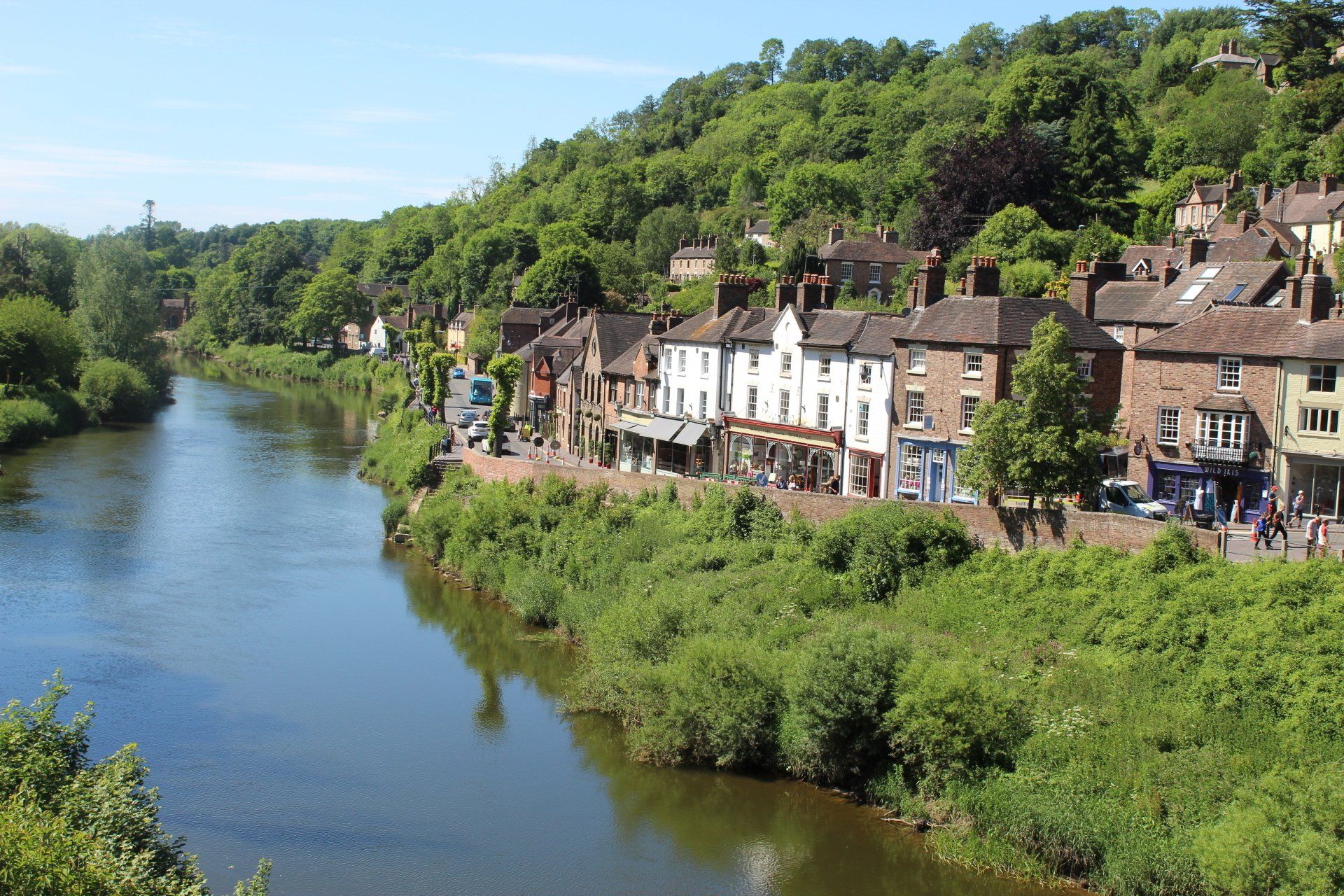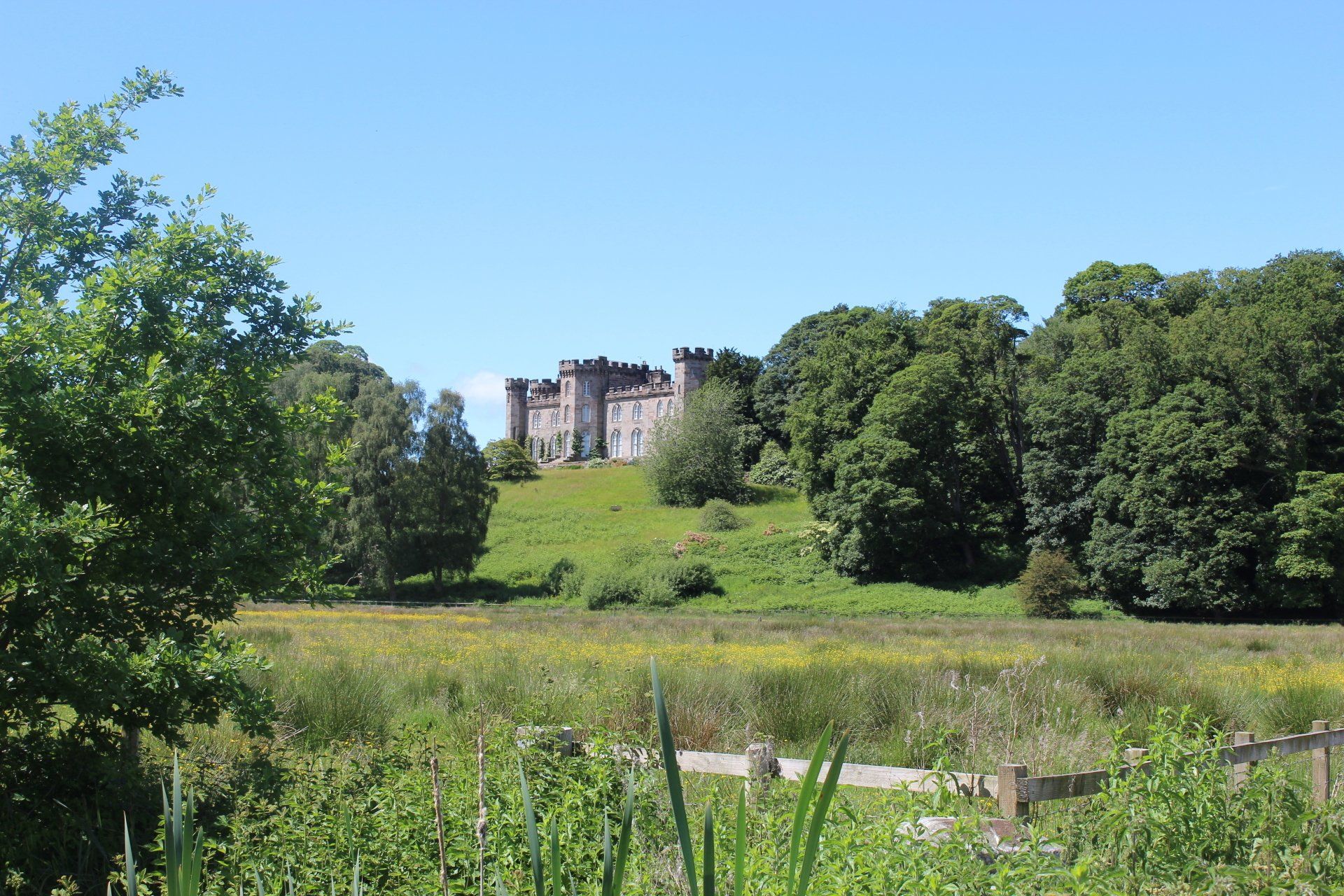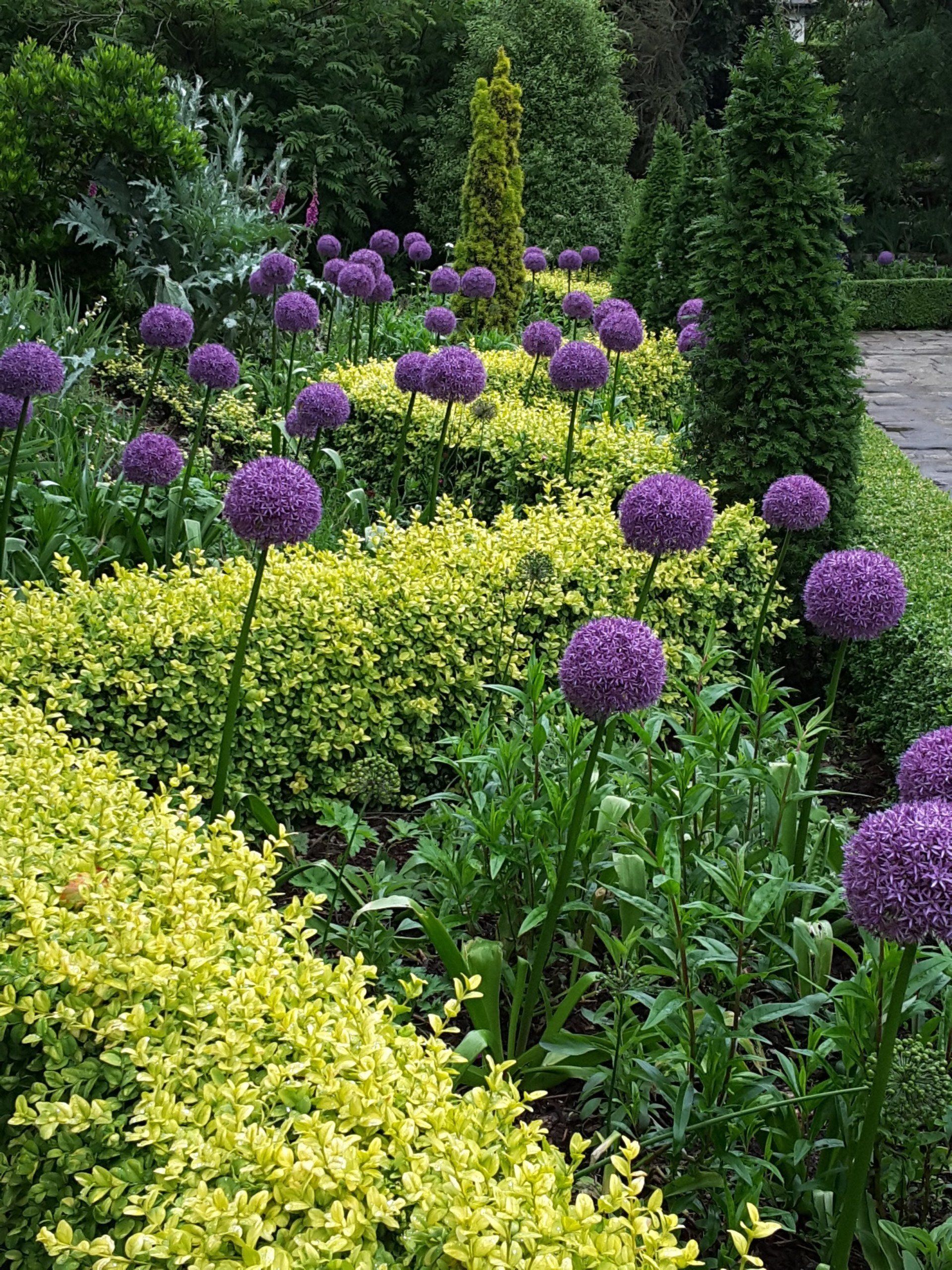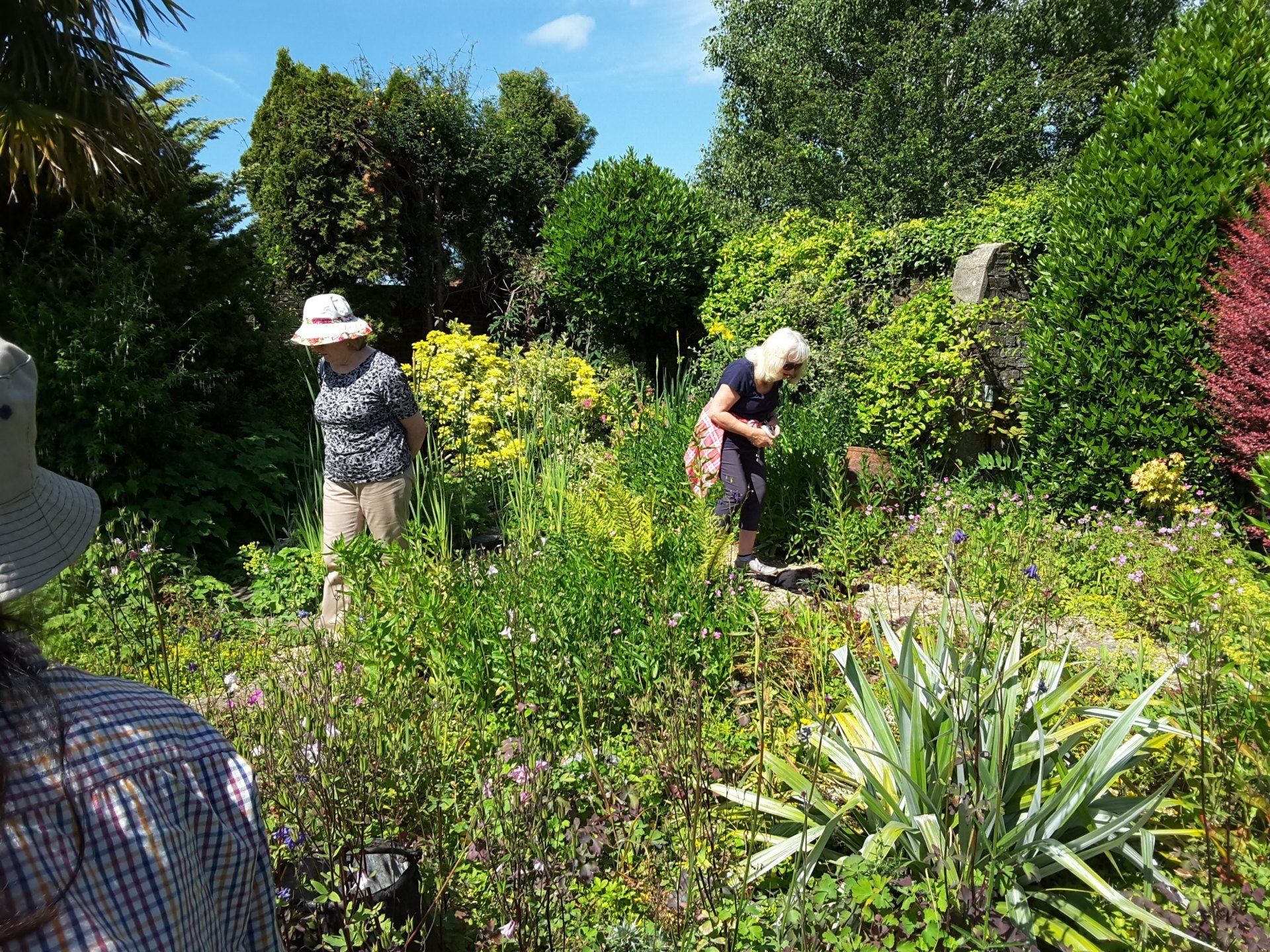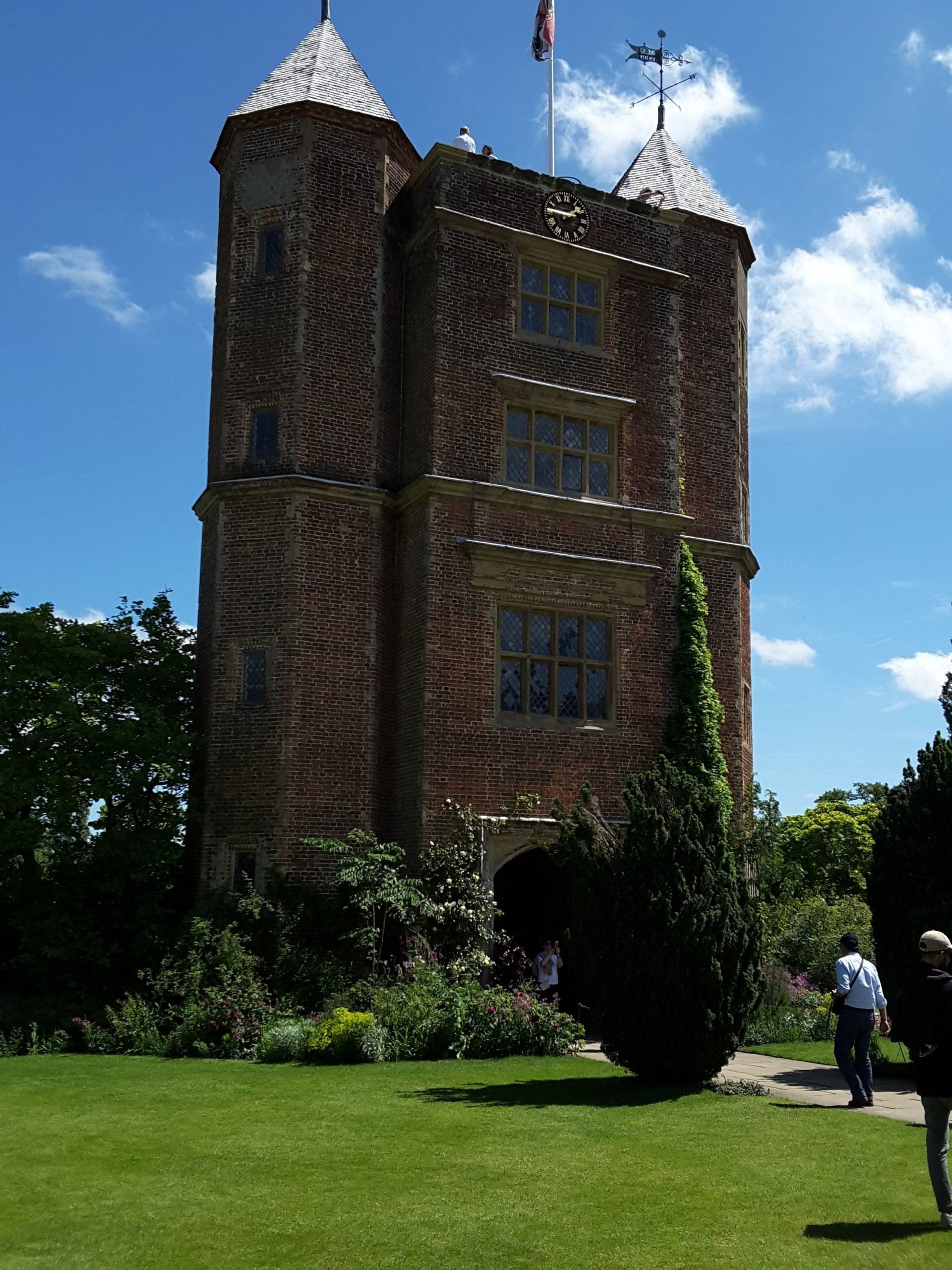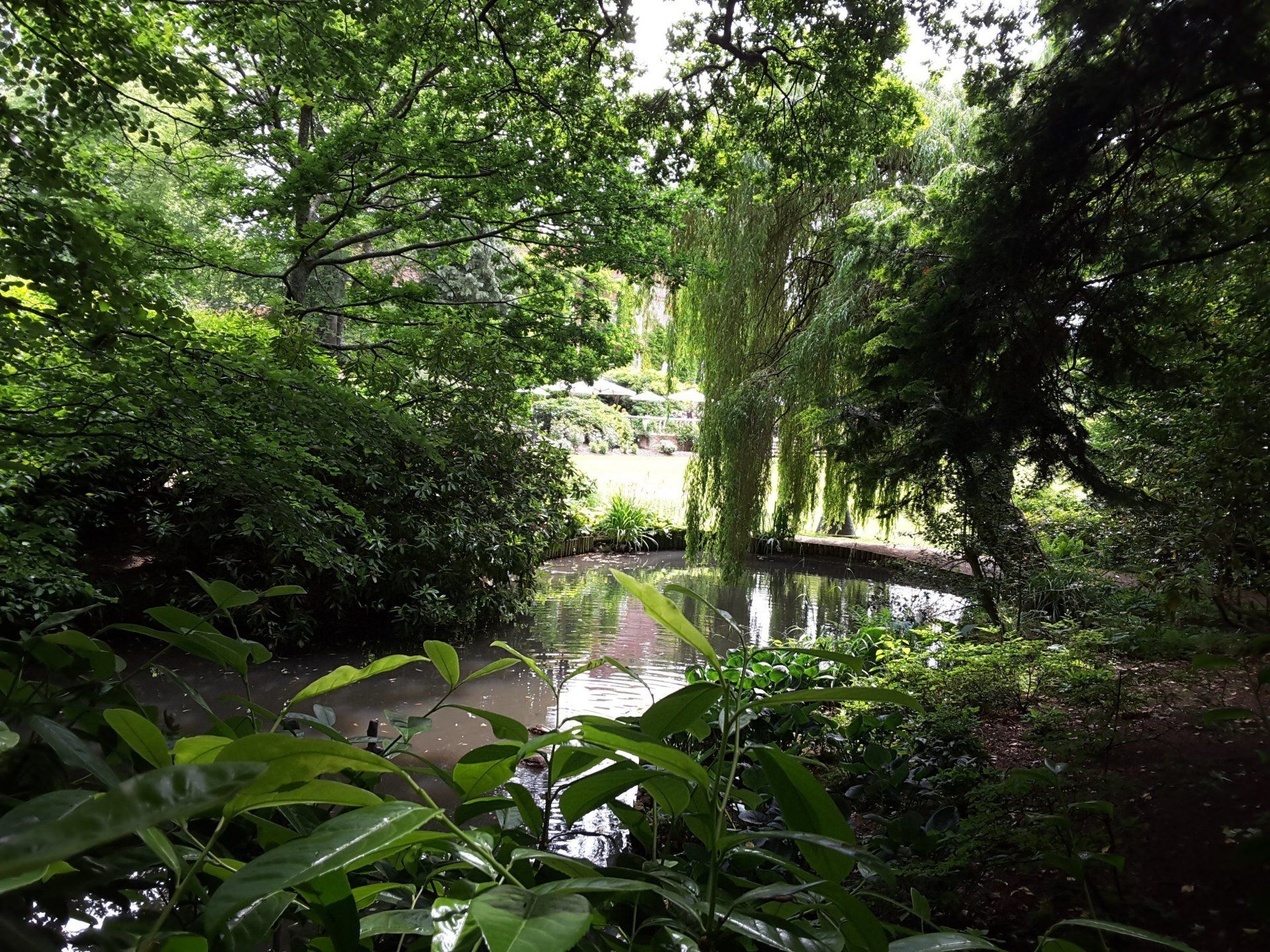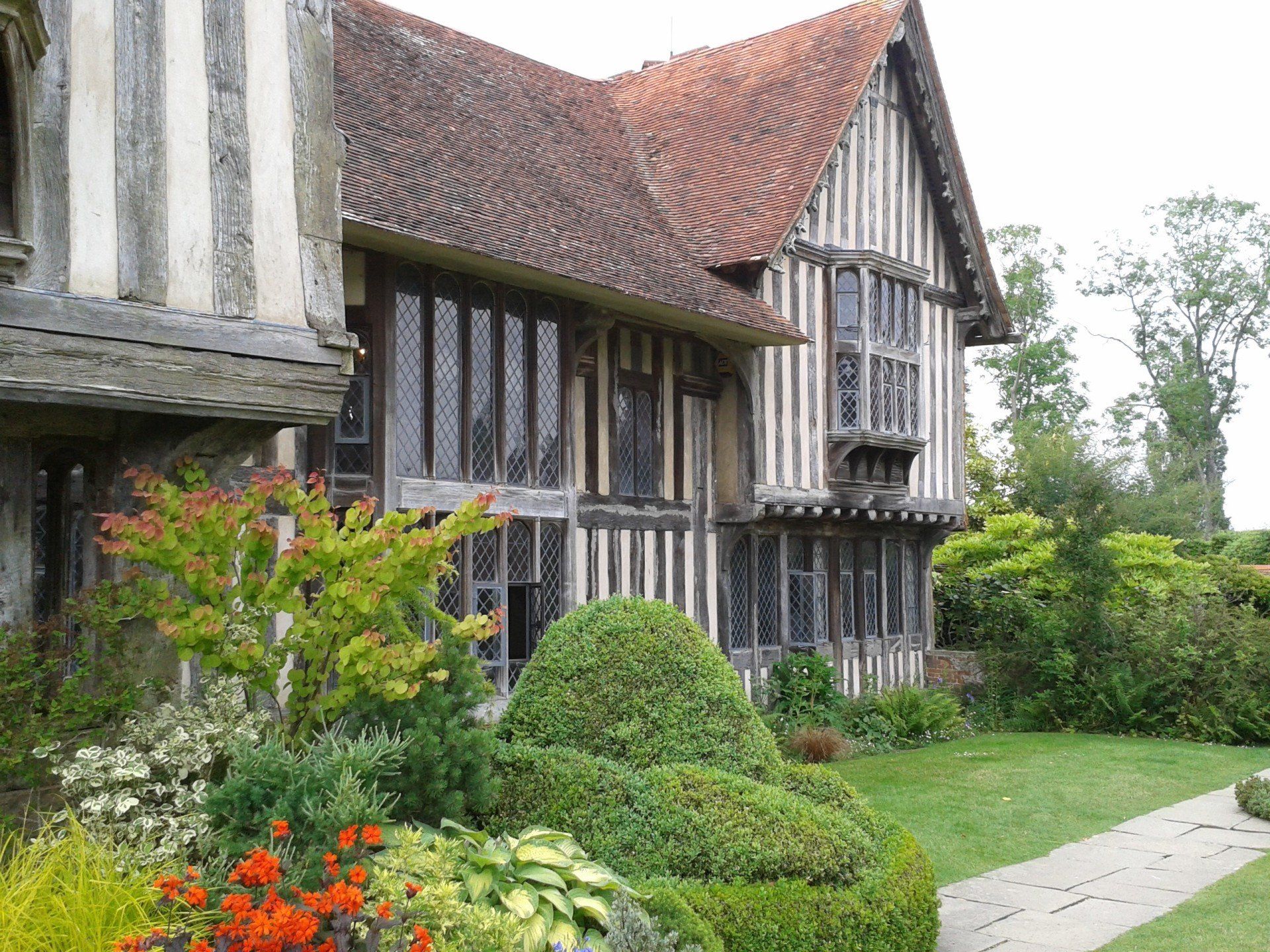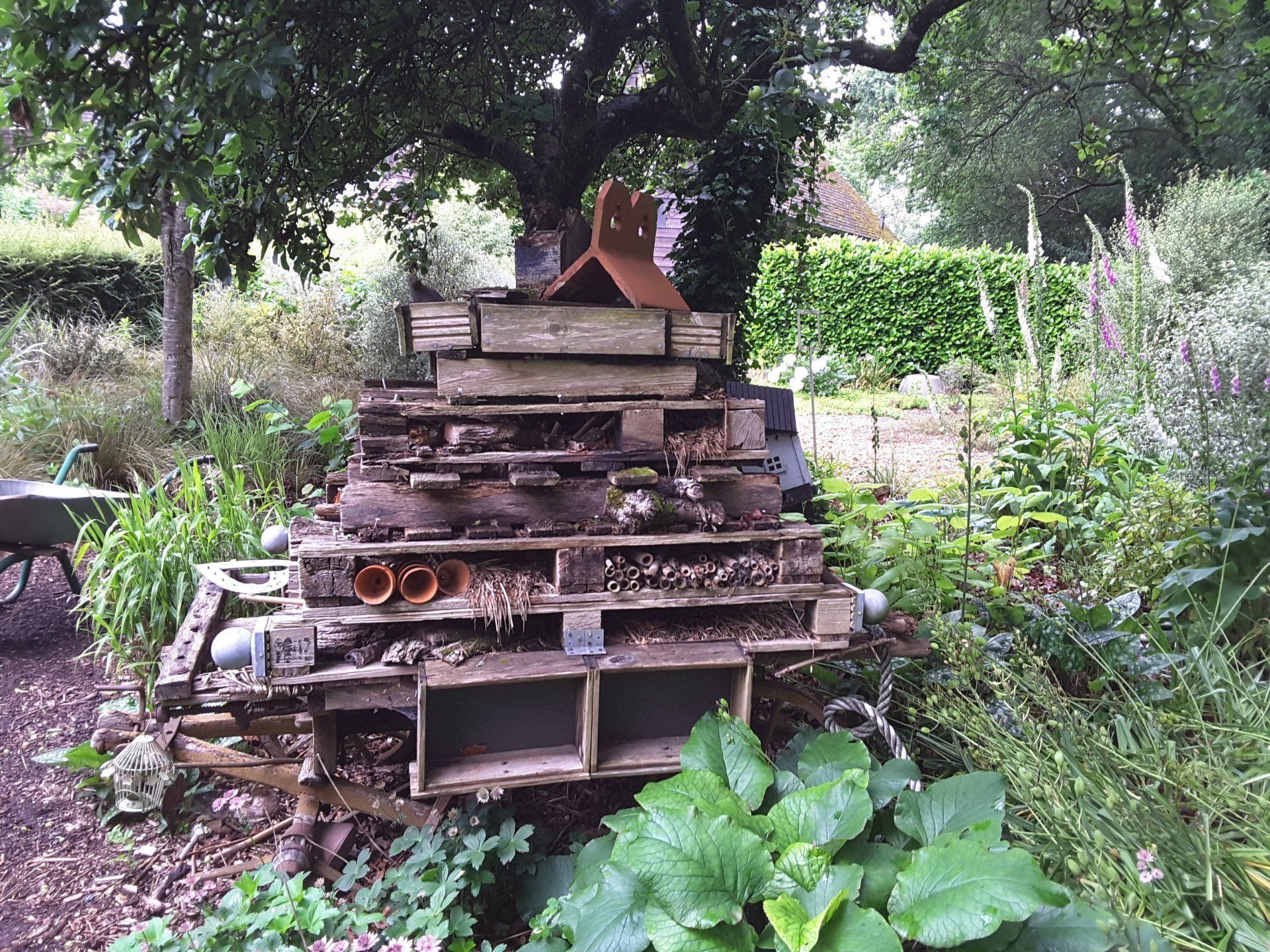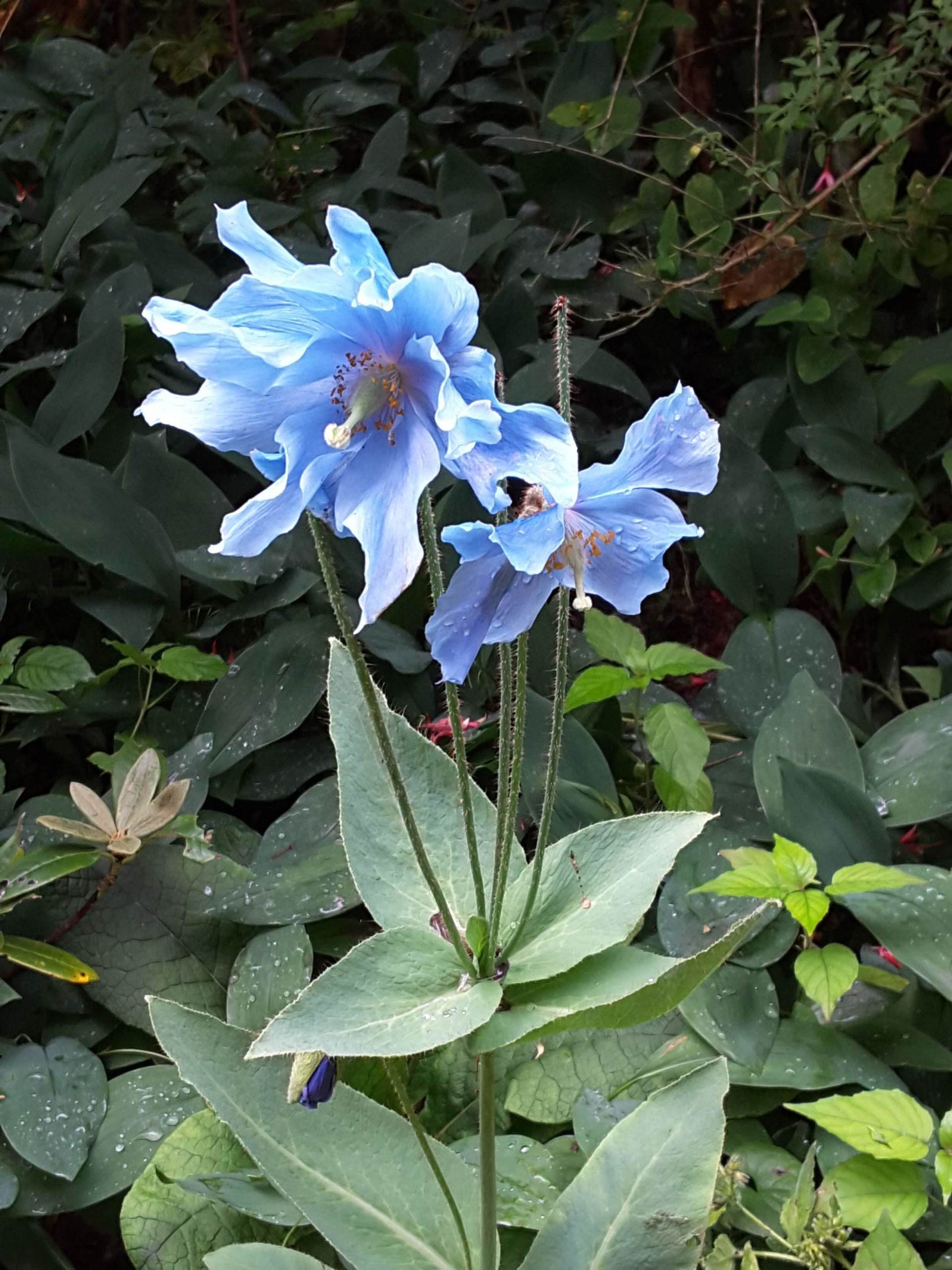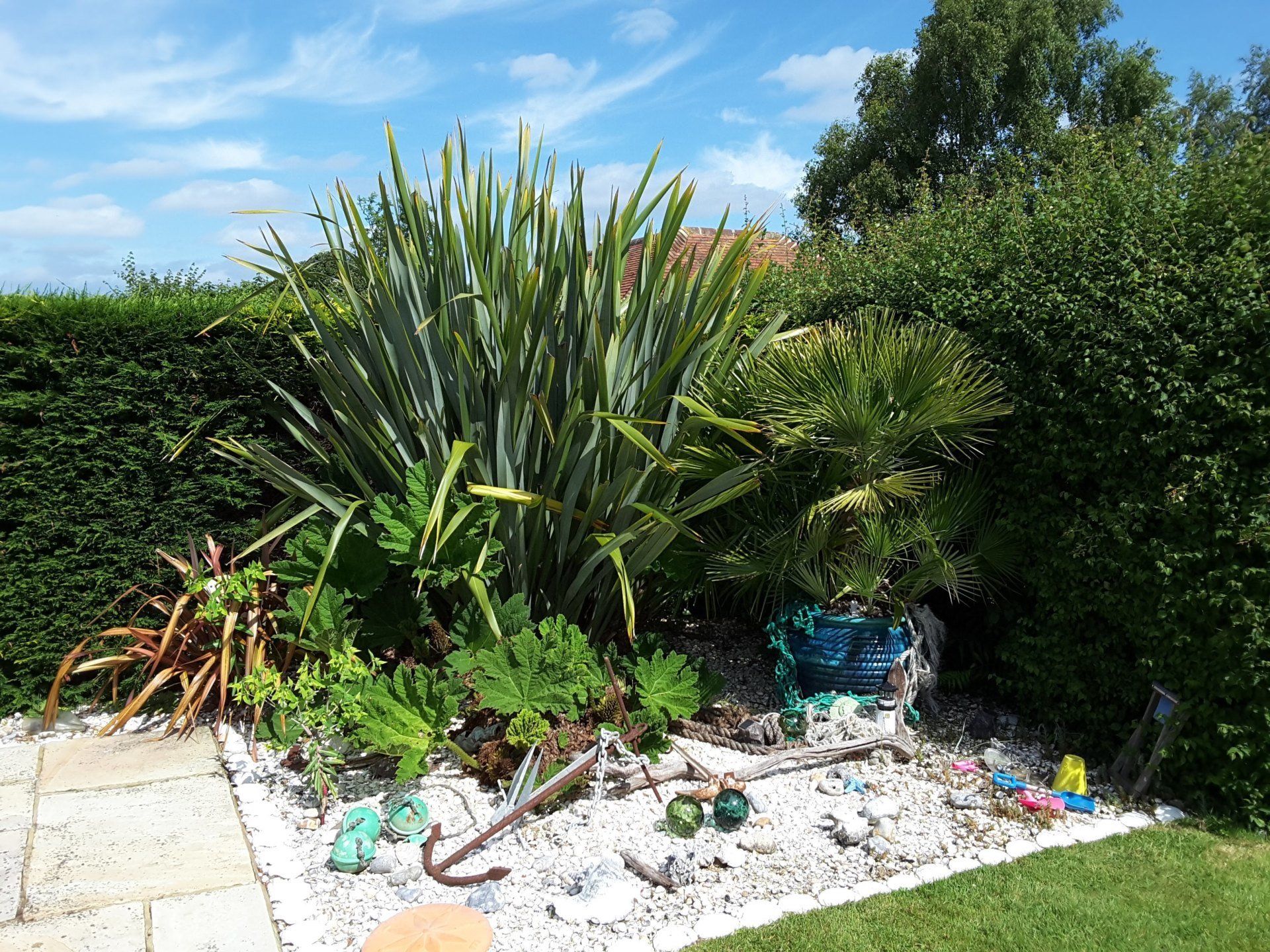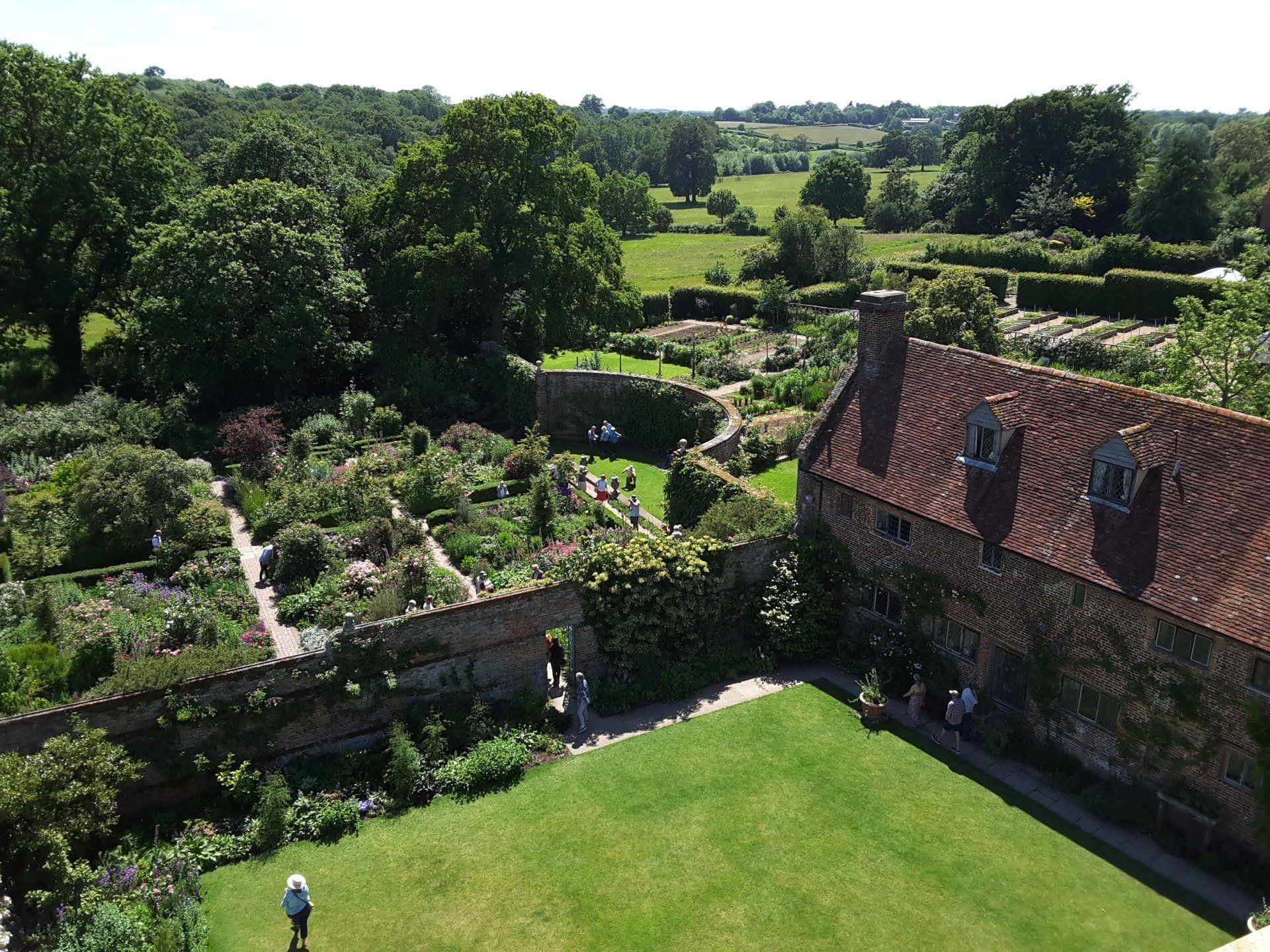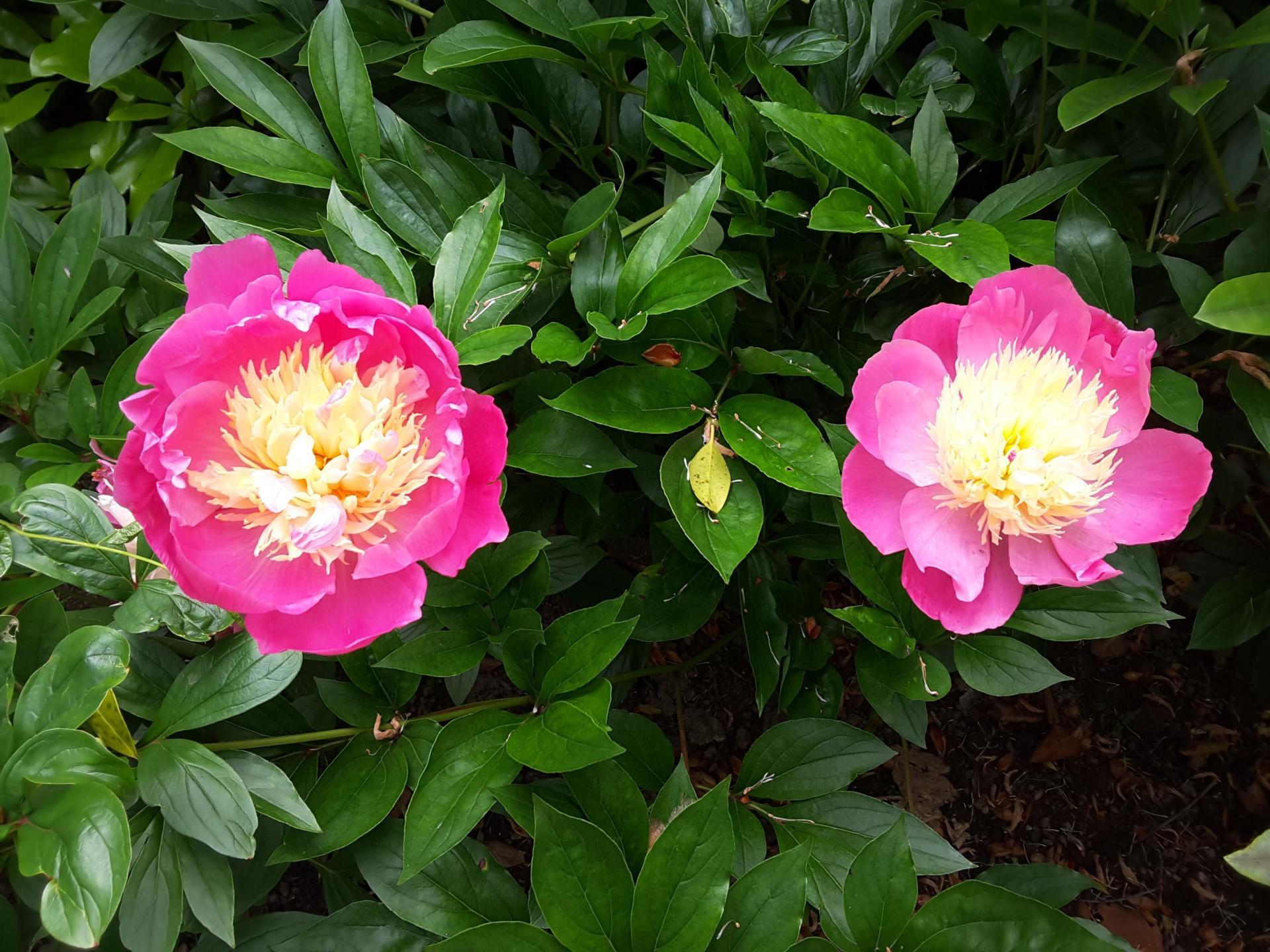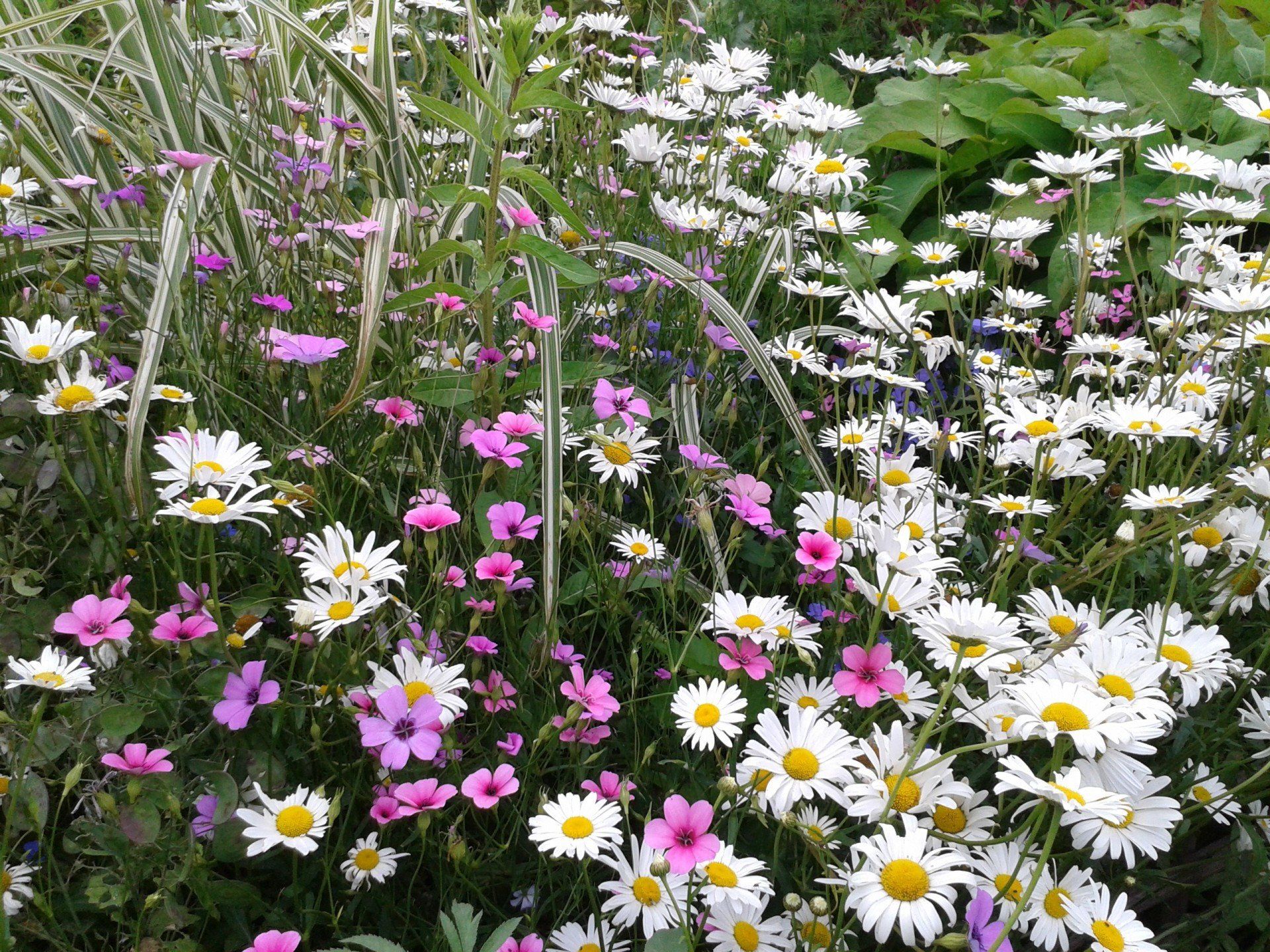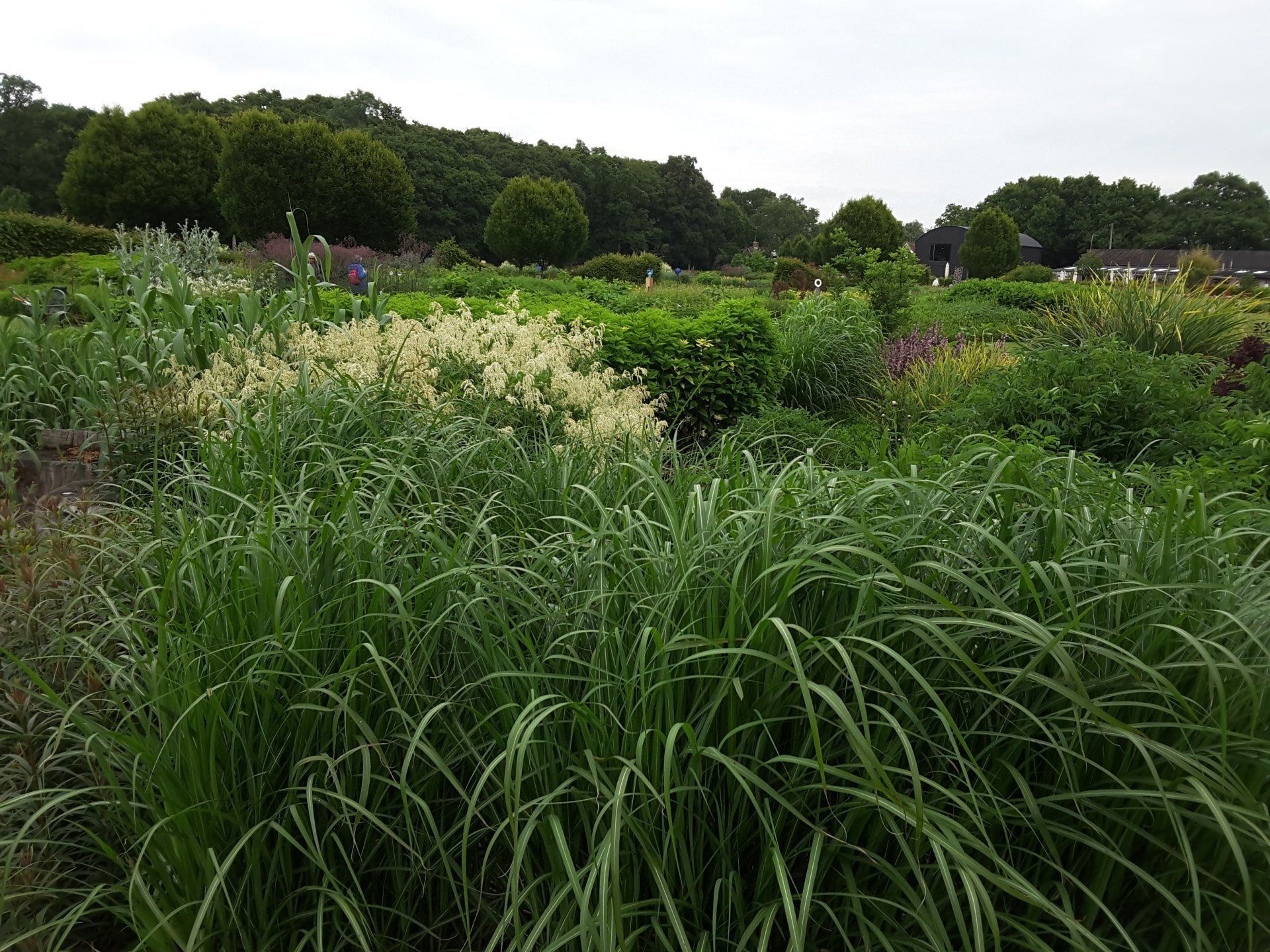Annual Holiday - Lancashire 23rd - 26th June 2024.
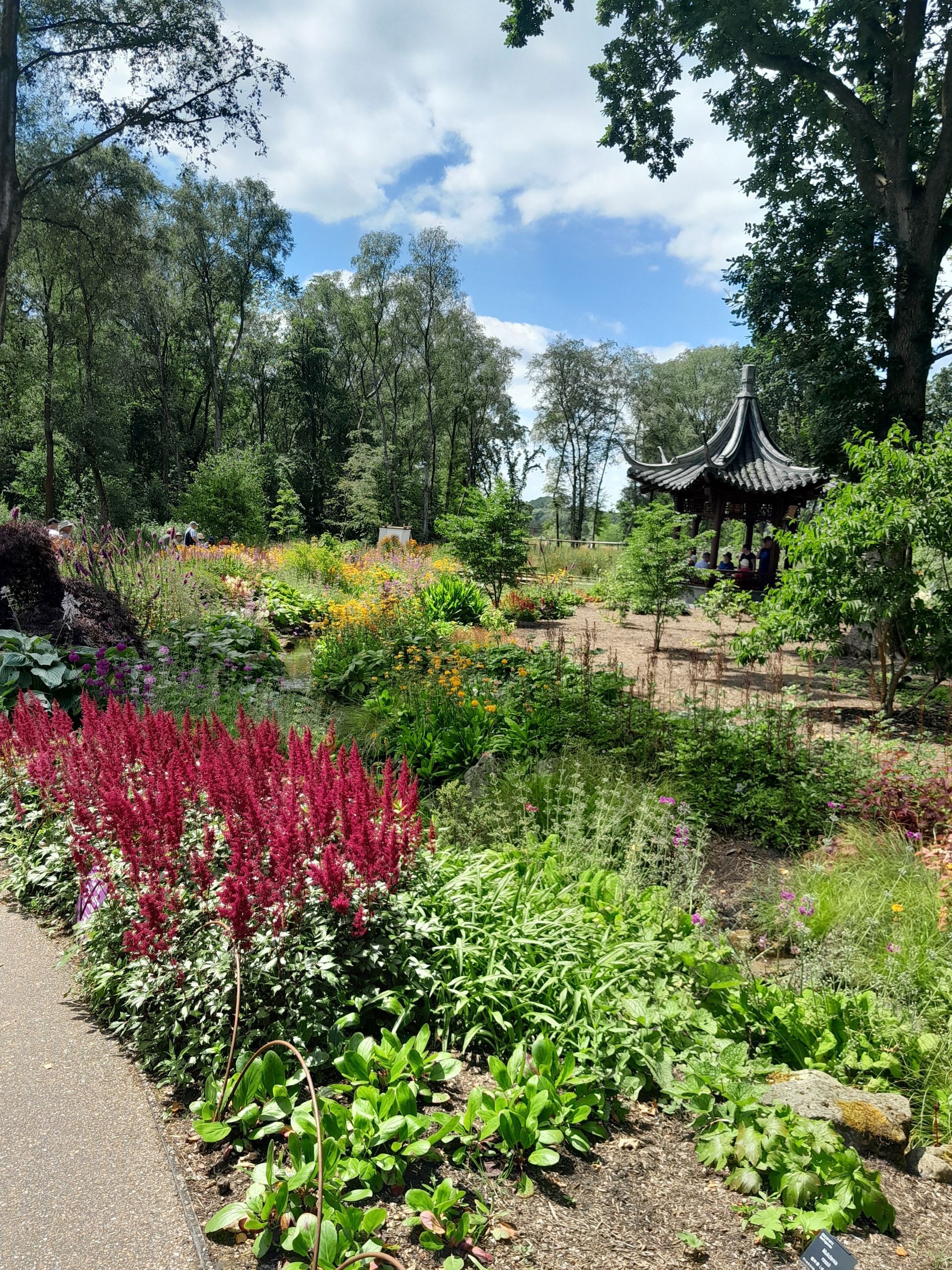
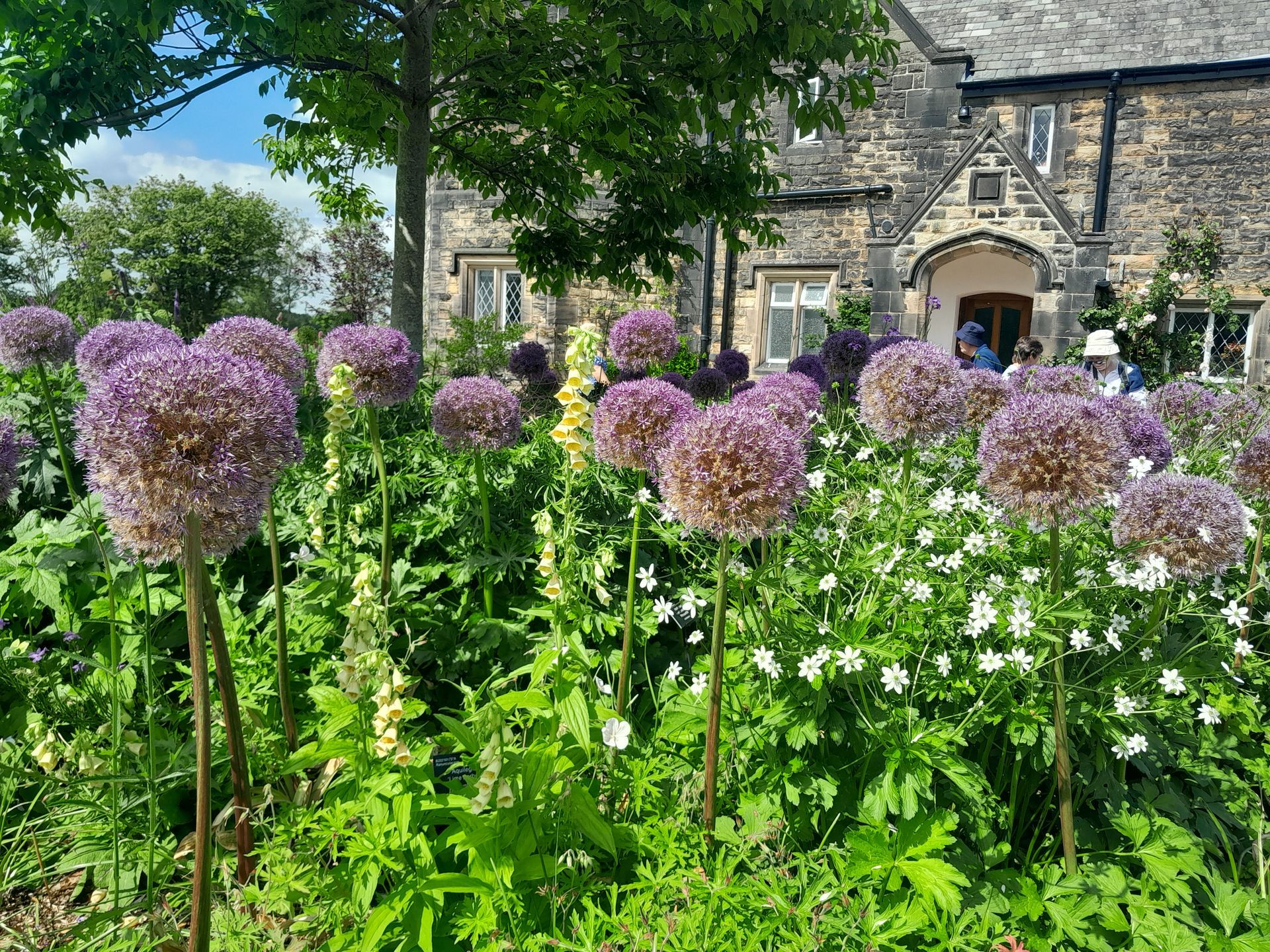
RHS Bridgewater
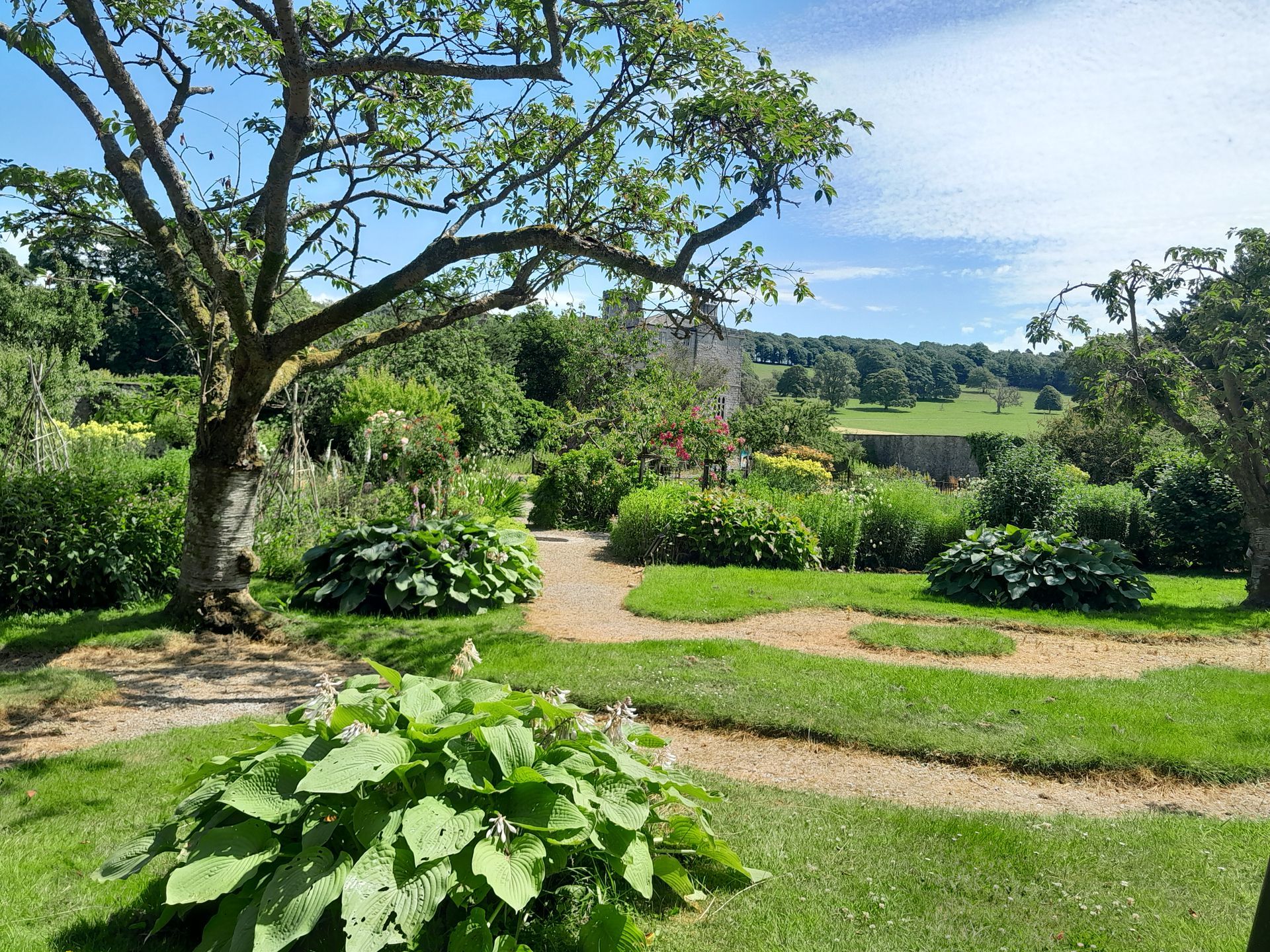
Leighton Hall
Winterbourne Gardens
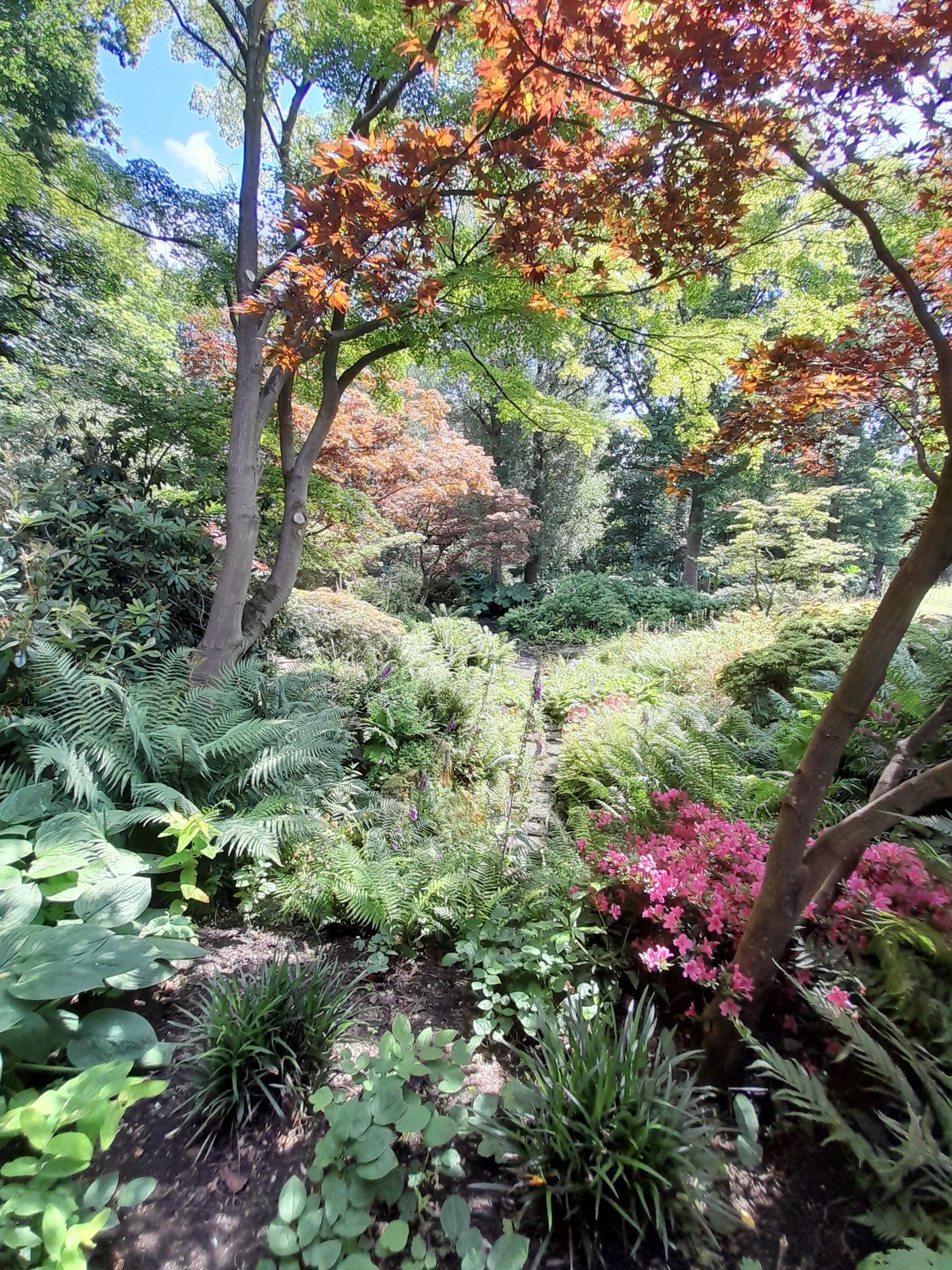
Annual Holiday - Shopshire 13th-16th June 2021
Some Photographs
Dudmaston Hall
Hodnet Hall Gardens
Hodnet Hall Gardens
Ironbridge and Cholmondeley Castle
Tour of West Sussex and Kent Gardens, June 2019
June 16th
36 of us set off early, looking forward to six garden visits, three nights by the sea and a change in the weather. Torrential rain on the M23 was rather disconcerting, but the sky cleared for our visit to Borde Hill Garden, near Haywards Heath.
The roses stole the show here and Jay Robin’s Rose Garden was looking (and smelling) at its best in spite of the recent heavy rain.
The herbaceous borders were a blaze of colour, and the Italian Garden looked spectacular in the sun with its formal lily pond and huge earthenware pots.
The sculpture exhibition placed throughout the garden included both figurative and abstract works. Perhaps the most captivating was ‘Transfiguration’, a huge kinetic wind structure which twisted and turned gracefully in the wind against a background of mature trees and the Elizabethan mansion.
By the time we arrived in Eastbourne, the sky was blue and we were able to enjoy a sunny walk by the sea. Bliss!
June 17th
Butlers Farmhouse garden was described by the owner as quirky! She was very welcoming and had obviously had a lot of fun creating it. The garden was divided into stand-alone areas, two favourites being the Secret Jungle with its parrots and giant orange centipede and the Beach Corners around the pool. Beyond these were the gated Poison Garden and a wild flower meadow with views to the South Downs.
It all felt very relaxed and friendly, especially as, before leaving, we were able to enjoy tea and delicious cake on the sunny terrace.
Then north again to Kent and the world famous Sissinghurst Castle Garden. The setting amongst Tudor buildings is second to none and the view from the top of the tower was very impressive. At ground level, Vita and Harold’s “refuge devoted to beauty” was full of bird song and the scent of roses. The iconic White Garden was a romantic tumbling mixture of white, grey, and green as they had planned. In complete contrast, the vegetable garden demonstrated how order can also be stunning. For the vegetable growers amongst us, the “no digging” policy made sense and was very tempting!
June 18th
We went north again today, firstly to the exquisite Pashley Manor Gardens.
The planting here ensured that each plant complimented its neighbours. Height, spread and colour had all been lovingly considered in order to make a perfect whole.
The intimate peaceful atmosphere was further enhanced by the sensitively placed, figurative sculptures, which were much admired.
It felt a privilege to be able to visit such an utterly perfect garden.
Then to Great Dixter, where the long border, the wild flower meadows and the area around the entrance to the house were all picture perfect in the sunshine. The house itself was a joy and very interesting. In 1910 Lutyens had been commissioned to reveal the medieval Great Hall, now the largest surviving timber framed hall in the country.
Throughout the following night a dramatic storm raged. It made the national news as over 1,000 lightning strikes were recorded in Eastbourne in an hour. Watching from our seafront hotel it was an exciting unforgettable spectacle as sheet and forked lightning lit up the sea, sky and beach for hours. It must have been terrifying for anyone out at sea.
June 19th
By morning it was calm enough for a stroll on the pier and all too soon it was time to head home. We visited Sussex Prairies Garden on the way. We had no idea what to expect apart from perhaps grass and the odd buffalo. But we could not have been more astonished. The enthusiasm, courage and confidence of Paul and Pauline McBride, who turned a field into this stunning garden, was inspirational. Pauline explained that the planting is in the naturalistic style which involves using large groupings of grasses and perennials which flow into and around each other. It is best to choose long lived robust plants of varying heights and which produce interesting seed heads. Woodchip paths weaving through the curved beds allowed us to get close to the plants and the wildlife they were attracting. There is no cutting back in autumn. The plants are allowed to seed and die naturally and in winter are burned off in a series of carefully controlled fires. The soil is rested in spring and then the cycle begins again. This is a garden we will all remember. And, yes, there were buffalo....
Many many thanks to Kathy and Olive for being brave enough to follow in Ruth’s footsteps and for putting together such a varied and enjoyable trip. Also huge thanks to Graham, our thoughtful and unflappable driver. We hope to see you again, Graham.
ew Paragraph
